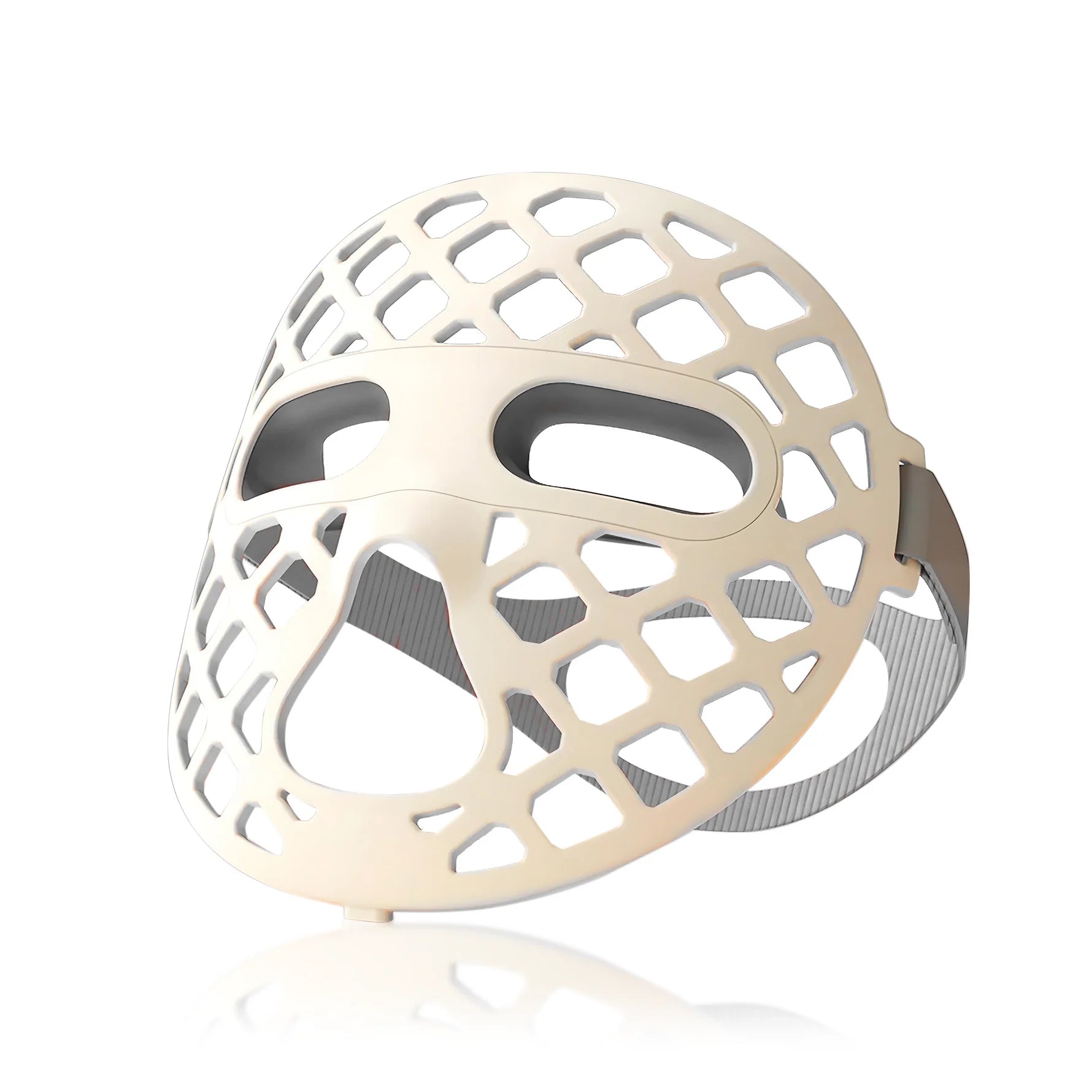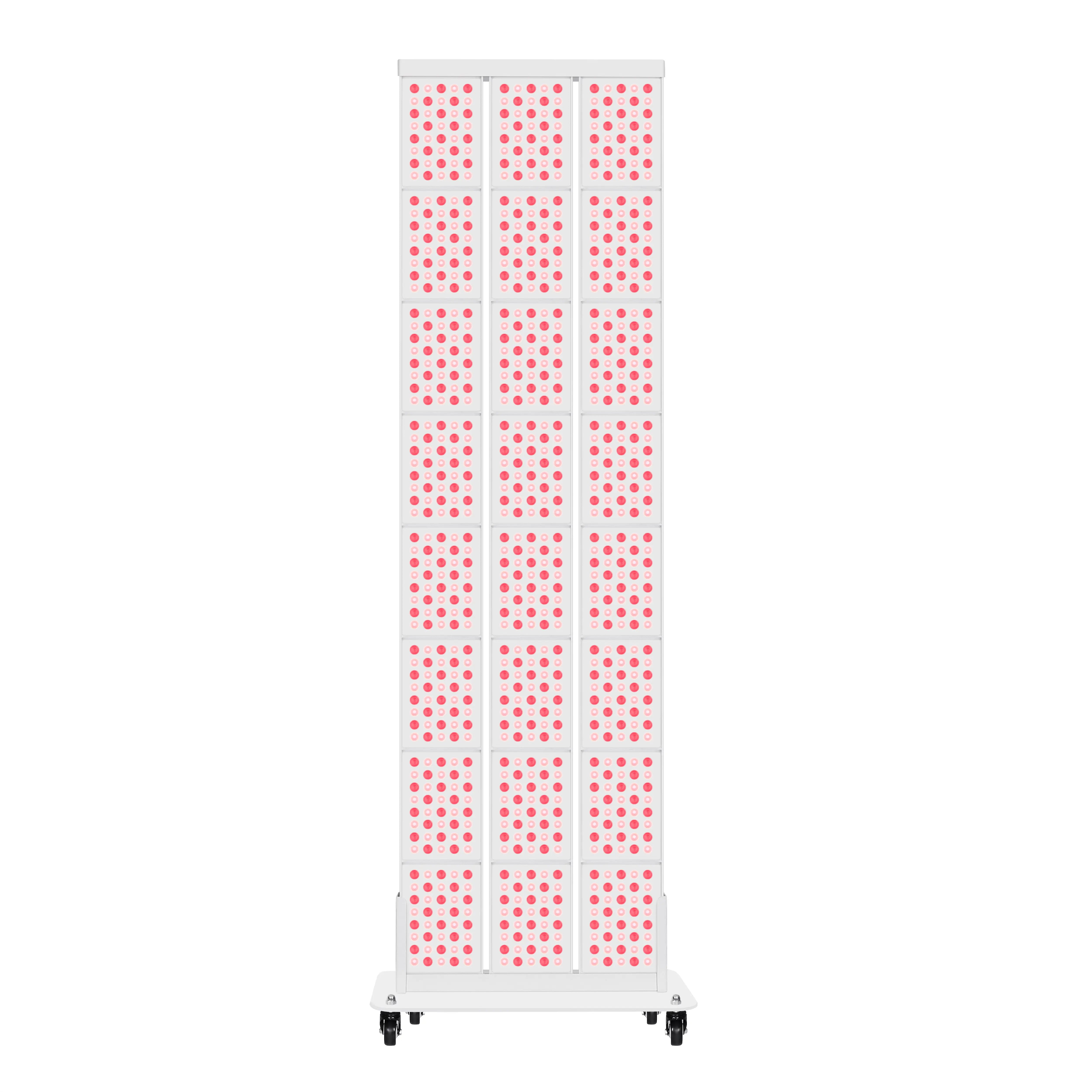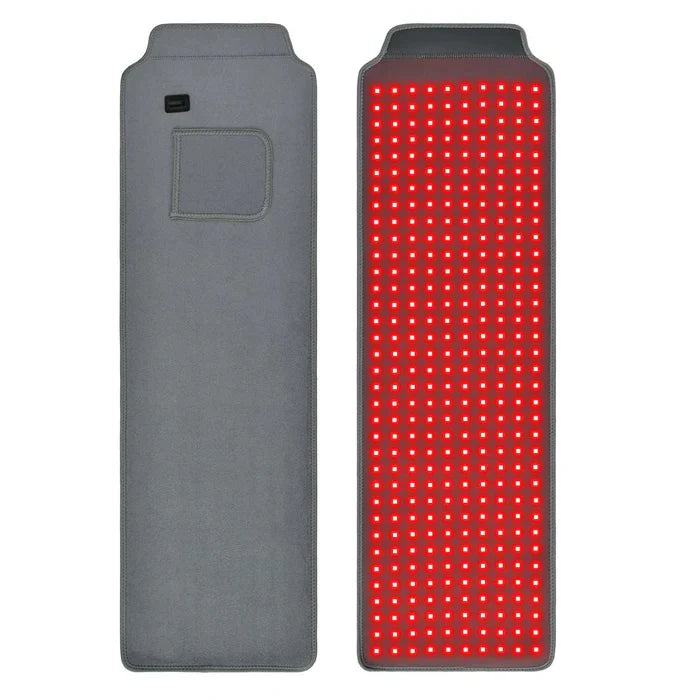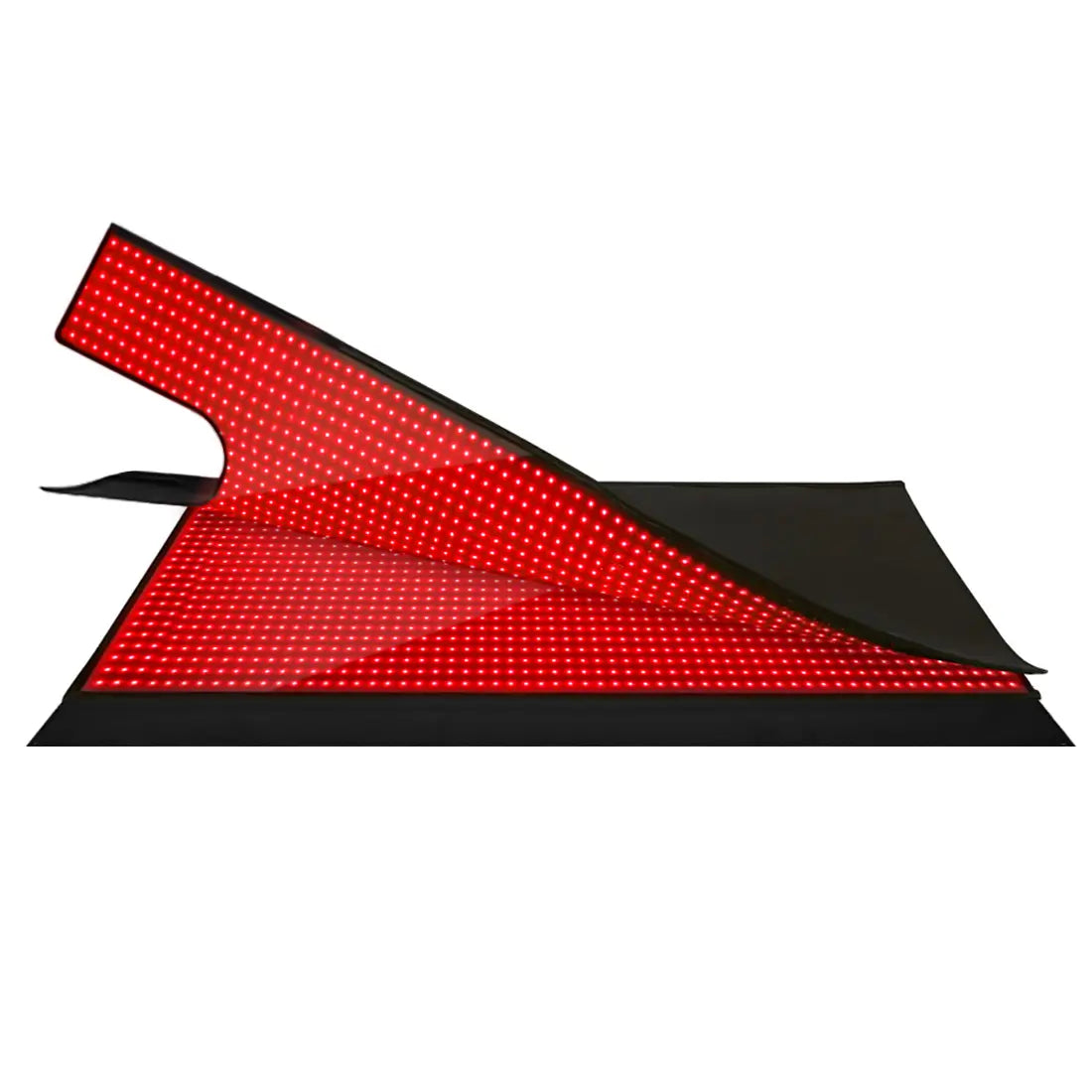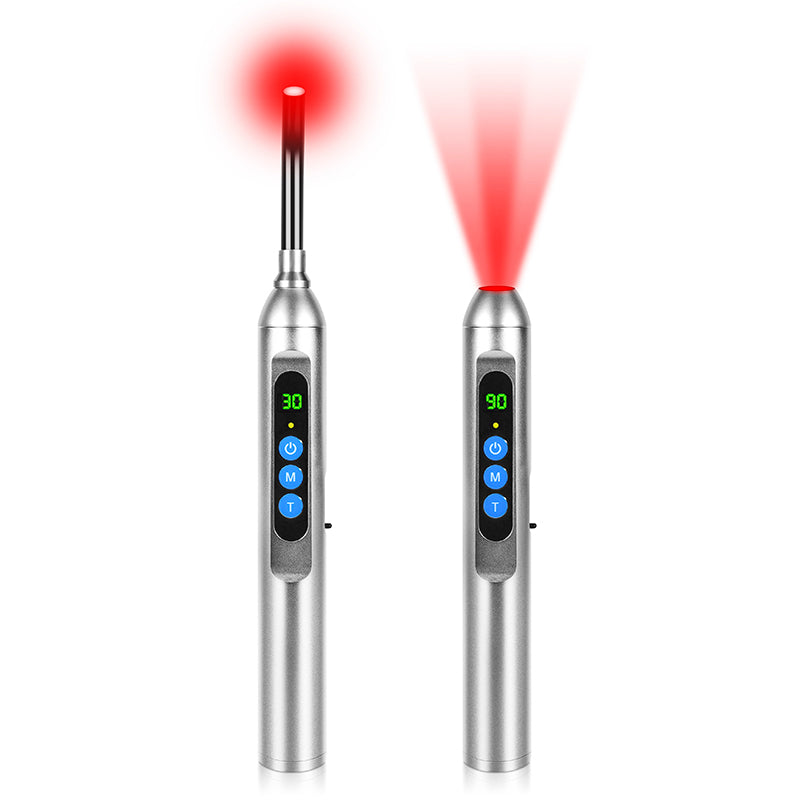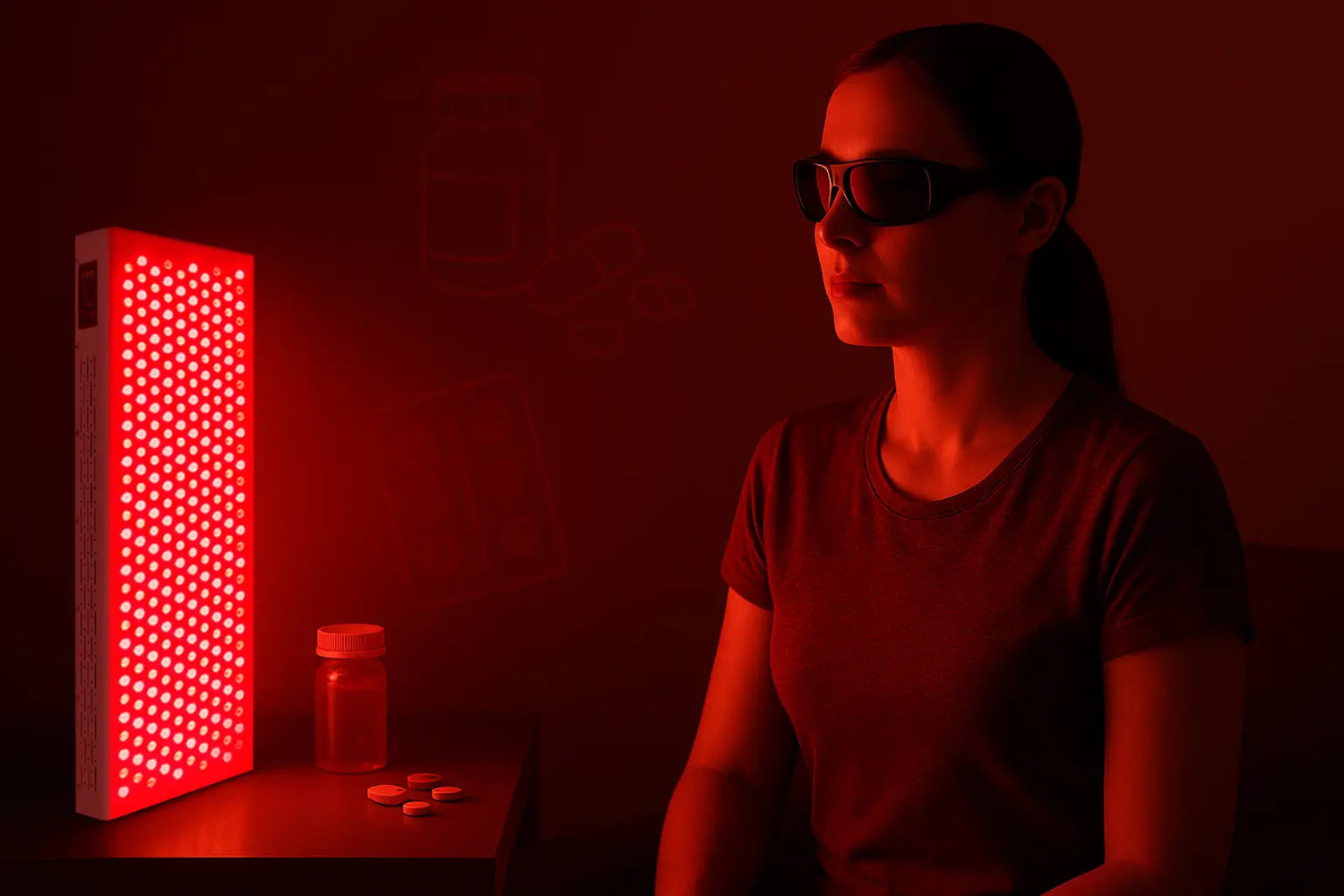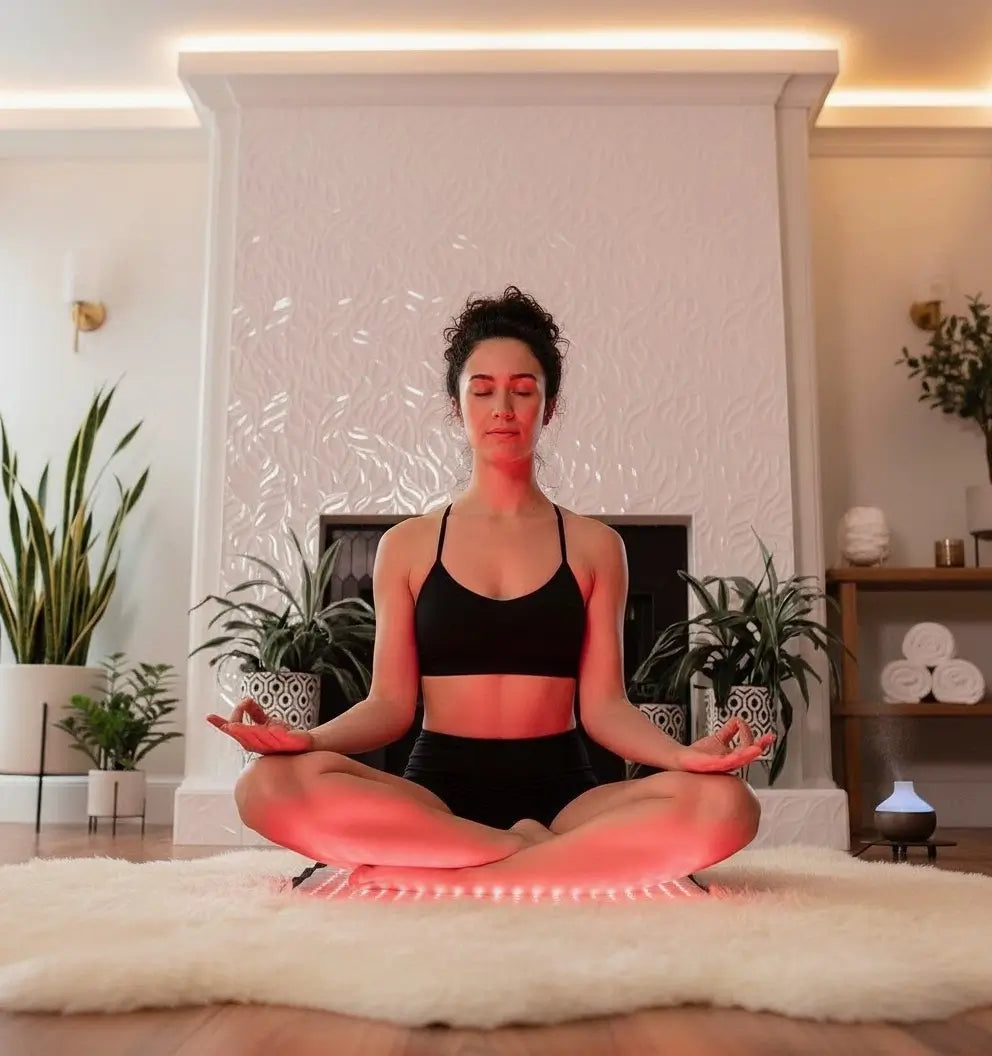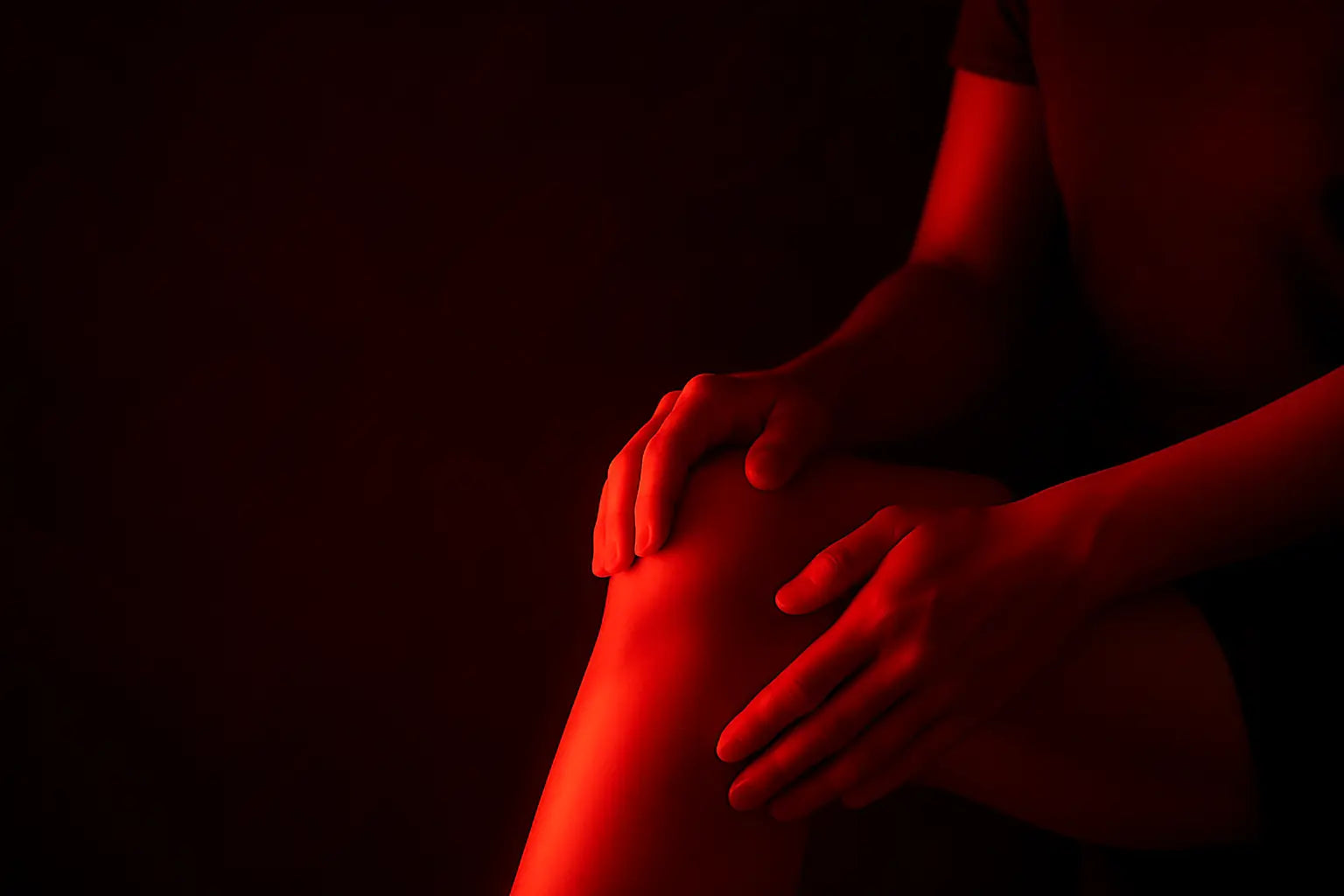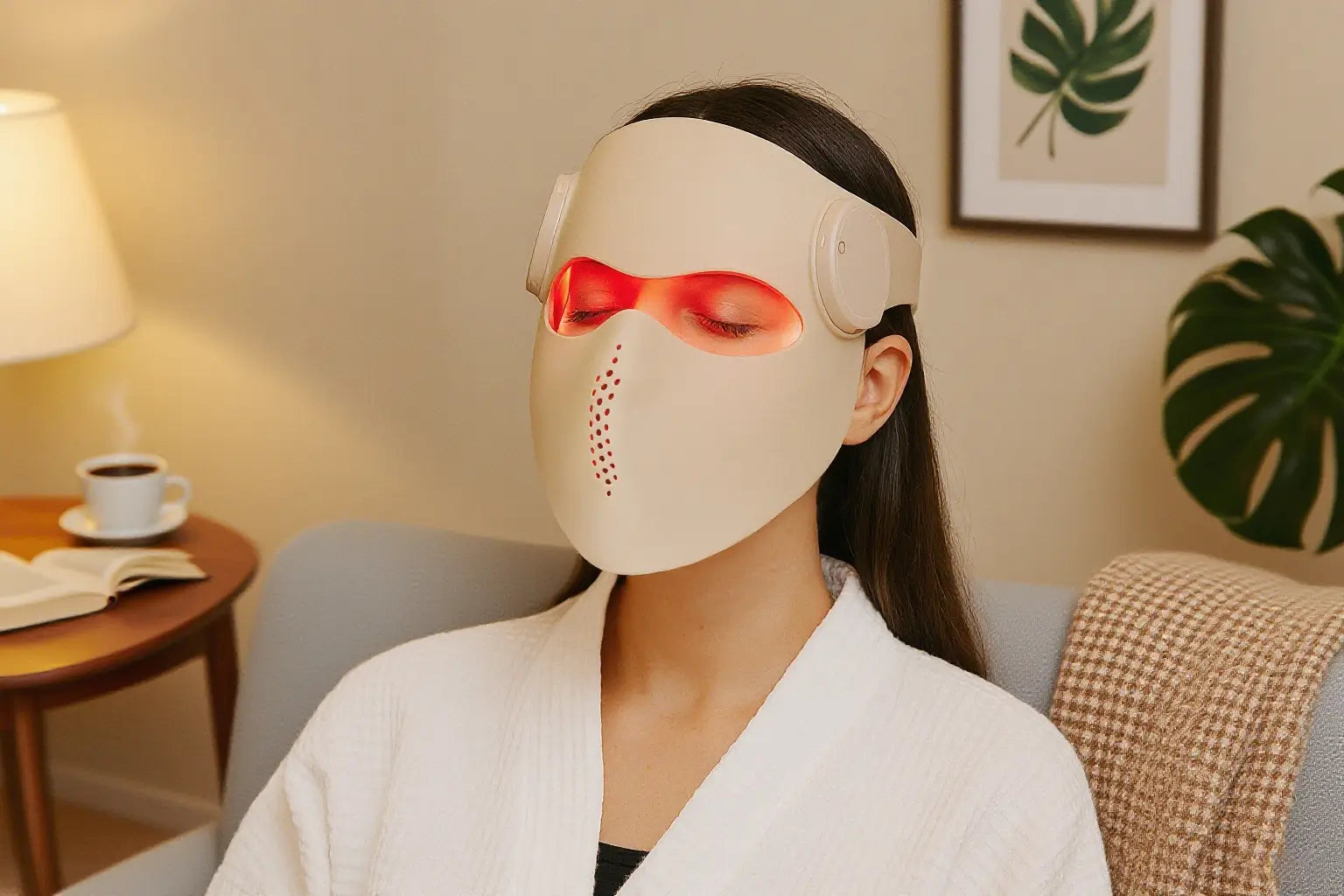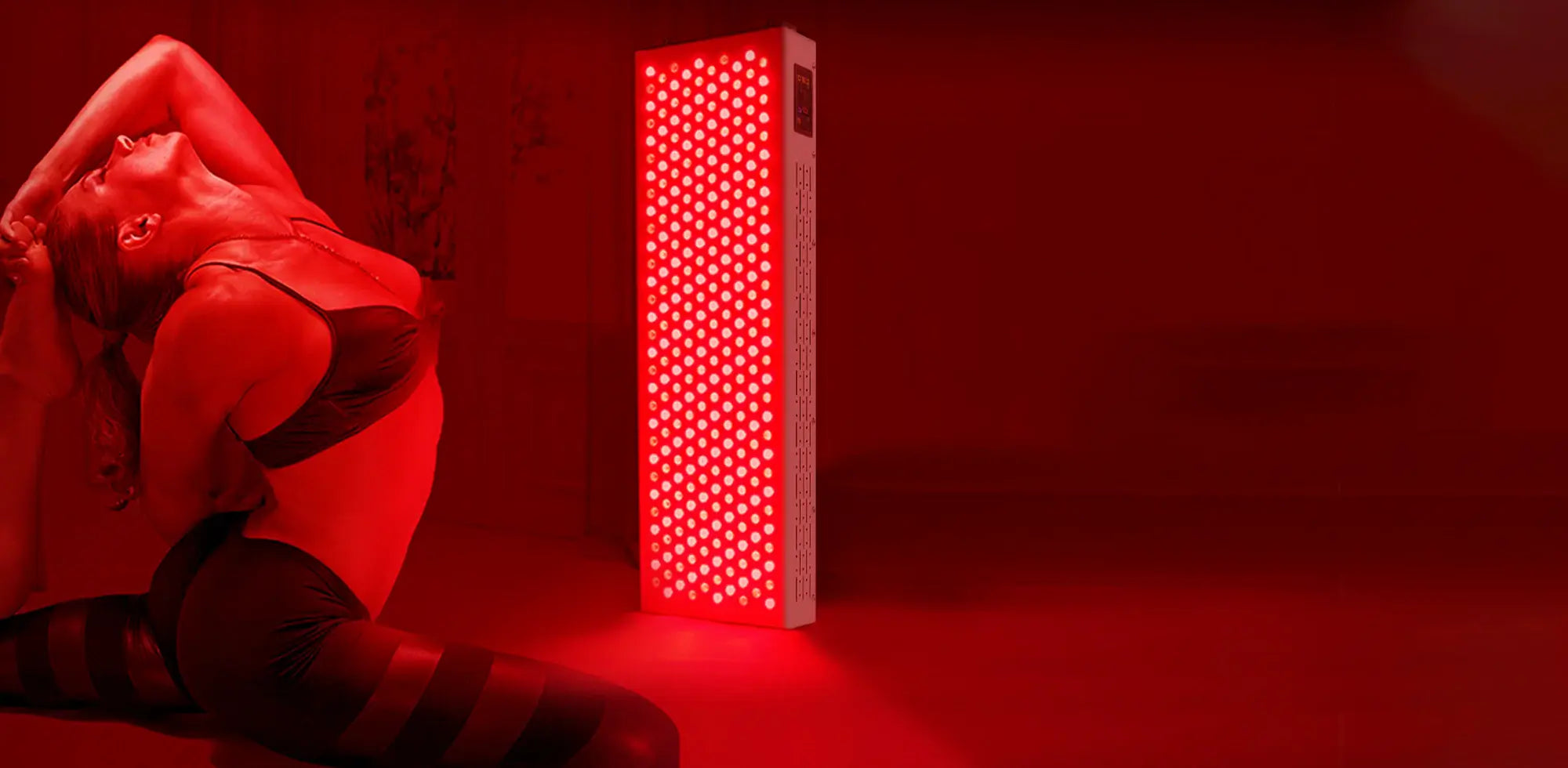Red light therapy appeals to many people who want calm skin, easier joints, and steady recovery at home. Safety is strong for healthy adults when routines follow clear instructions. One area deserves special attention for anyone on prescriptions or active skincare. Certain drugs raise the skin’s response to light. That change can make a normal session feel too intense. This guide explains the risk, answers what medications interact with red light therapy, and gives you a plan that protects your skin while you test the benefits.

How Does Photosensitivity Affect Red Light Therapy Safety?
Photosensitivity means the skin reacts more strongly to light. Medications can shift that response, so a modest light source leads to a sunburn-like rash, hives, or delayed darkening. Red light therapy uses visible red and near infrared, not UV. Even so, visible light can still trigger a reaction in people who are drug-sensitized. If you take photosensitizing medication, treat red light therapy as a controlled experiment. Start gently, track the skin’s response, and raise exposure only after several calm sessions.

What Medications Interact with Red Light Therapy?
The list below groups common categories that appear in dermatology references for drug-induced photosensitivity. Individual risk varies by dose, timing, skin type, and other products on your skin. Use the table as a screening tool, then speak with your clinician or pharmacist.
| Category | Representative examples | Typical reaction signal | What to do before red light therapy |
| Antibiotics | Tetracyclines such as doxycycline; fluoroquinolones such as ciprofloxacin or levofloxacin | Sunburn-like redness on exposed areas, stinging during light exposure | Ask your prescriber first, delay sessions if the course is short, or perform a careful patch test |
| Retinoids and acne treatments | Isotretinoin; topical tretinoin and adapalene | Irritation, dryness, easier redness | Space sessions from application time, moisturize, and patch test on a small site |
| Anti-inflammatories, NSAIDs | Naproxen, piroxicam, ketoprofen | Burning, marked redness, in some cases blistering | Begin with a very short session and increased distance, stop at any sign of acute burn-like pain |
| Diuretics | Hydrochlorothiazide; furosemide | Redness or darkening on sun-exposed skin, lingering sensitivity | Use conservative settings and clothing coverage around the treated area |
| Antidepressants and antipsychotics | Tricyclics such as amitriptyline or imipramine; phenothiazines such as chlorpromazine | Photosensitive rash, pigment changes | Confirm with your treating clinician and keep a low, steady routine |
| Other agents | Voriconazole and some antifungals; amiodarone; sulfonylureas; statins in rare reports; oral contraceptives; herbal St. John’s wort | Range of light-triggered reactions, sometimes delayed | Treat as potentially photosensitizing and follow patch-test rules |

A. Antibiotics
Tetracyclines and fluoroquinolones have a long record of light-related reactions. If you are on a short course, many users postpone red light therapy until the course ends. If you cannot delay, seek approval from your prescriber and follow the patch-test plan below.
B. Retinoids and acne treatments
Isotretinoin and topical retinoids increase irritation and make the skin easier to redden. If topical retinoids are essential in your routine, apply them at a different time of day and pick a small test area for red light therapy.
C. Anti-inflammatories, NSAIDs
Naproxen and piroxicam have documented photosensitive responses. Some people feel sharp stinging within minutes. If you need NSAIDs, keep sessions brief and farther from the skin at first.
D. Diuretics
Hydrochlorothiazide is common in hypertension care and appears in many photosensitivity lists. Red light therapy is still possible with caution. Give your skin added distance and shorter sessions until you see a calm pattern.
E. Antidepressants and antipsychotics
Tricyclic antidepressants and phenothiazine antipsychotics can heighten light sensitivity. People on these therapies benefit from a conversation with their clinician before any new light routine. If cleared, build a conservative plan and keep notes.
F. Other medications
Voriconazole, amiodarone, sulfonylureas, statins in uncommon reports, combined oral contraceptives, and St. John’s wort may appear in safety digests for photosensitivity. If any of these are part of your plan, apply the same caution to red light therapy.
What Safety Steps Should You Take Before Your First Red Light Therapy Session?
Preparation turns red light therapy into a repeatable, low-risk routine. Use this checklist to remove guesswork.
1. Consult your doctor or pharmacist
Share your full medication list, including topicals and supplements. Describe your intended schedule for red light therapy and ask for any drug-specific advice.
2. Review all medications and skincare
Scan for retinoids, exfoliating acids, benzoyl peroxide, and essential oils. These can raise reactivity. Simplify your routine on treatment days.
3. Confirm device basics
Use a device that states red around 660 nm and near infrared around 800 to 850 nm. Read the manual for eye protection, distance, and timer settings. Red light therapy depends on declared irradiance at a stated distance, so keep those numbers in your notes.
4. Perform a patch test
- Pick a small area on the inner forearm or behind the jaw.
- Set a long distance, for example, 12 inches, and a very short time, for example, 2 minutes.
- Wait 24 to 48 hours. Look for redness, burning, unusual itching, or darkening.
- If calm, shorten the distance slightly or add 1 to 2 minutes next time. Increase slowly across several sessions.

What Red Light Therapy Safety Tips Matter When You Take Medications?
Red light therapy works best when routines are simple and consistent. People on photosensitizing medication can use the following rules to reduce risk.
- Start with conservative energy: Keep irradiance low and time short for the first week. Red light therapy follows a biphasic response in many reports. Small steps give you clearer feedback.
- Increase distance before time: Moving the red light panel farther often prevents hot spots and reduces the chance of patchy redness.
- Protect the eyes: Wear the recommended eye shield around red light therapy panels. Near infrared is invisible yet intense, so protection adds a margin of safety.

- Prep the skin: Clean the skin and remove heavy lotions that can reflect light. Hydrate after each session.
- Space from active topicals: Use exfoliating acids, benzoyl peroxide, or retinoids at a different time of day to limit irritation.
- Keep a simple log: Write down date, area, distance, time, comfort rating, and any notes. The log helps your clinician guide you and helps you adjust red light therapy without guesswork.
- Special situations: People on blood thinners sometimes worry about bruising. Red light therapy is not a direct contraindication in this context, yet a clinician can address individual concerns. Stop sessions and seek care if you see blistering, spreading rash, strong heat, or vision changes.
- Skin tone and pigment care: Darker skin can develop post-inflammatory darkening more easily. Increase the distance, lower the starting time, and check the test area for delayed color change.
Is Red Light Therapy Safe with Medications When You Follow Precautions?
Yes, in many cases, it can be integrated safely when you confirm drug risks, run a careful patch test, and progress slowly. The aim is a routine that calms symptoms without provoking the skin. Red light therapy has a strong appeal because sessions are quick and devices are simple to use. Safety grows from planning and steady habits.
Quick start recap
- Ask a clinician to review your list and approve a starter plan for red light therapy.
- Confirm the device uses 660 nm red and near infrared in the 800 to 850 nm range, then record the stated irradiance and distance.
- Run a patch test on a small site and wait up to two days before changes.
- Keep three short sessions per week for the first two weeks, then evaluate.
- Hold any session if the skin looks inflamed or newly irritated.
- Revisit what medications interact with red light therapy during medication changes, skincare changes, or seasonal shifts in sun exposure.
With a cautious start and good records, many users on routine prescriptions find that red light therapy supports comfort without new problems. If your medication plan changes, pause and check again. A short conversation with your clinician keeps red light therapy safe and aligned with your health goals.


